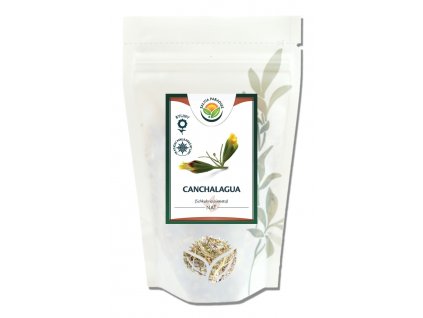Moringa oleifera leaf
Related products
Product detailed description
Moringa oleifera, known by its Latin name Moringa oleifera, belongs to the Moringaceae family, where it is the best-known species. It earned its nickname oleifera because the seeds contained in the fruits produce oil that does not dry out. Its homeland is India, the area around the Himalayas.
It is a fast-growing tree that grows up to 12 m tall, with a trunk that is 30 cm in diameter. The crown of the moringa is irregular and sparse. Depending on the conditions, the tree is deciduous or evergreen. The flowers have a honey scent, the young ones are creamy white, the older ones are yellowish, about 2 cm in size. Today, moringa oleifera grows wherever the temperature does not drop below 20 °C all year round.
It is a multipurpose plant from which everything can be consumed. The root of the moringa tree with its pungent taste is used as a substitute for horseradish and is able to normalize blood glucose levels. Fiber is collected from the bark, from which ropes and mats are made, and the branches of the moringa tree are a popular feed for camels. The fruits of the moringa tree are used in the Indian continent as well as in the Czech Republic for bean pods. The fruits are also exported from the Indian continent in preserved form. The seeds from ripe fruits are roasted and taste like nuts.
The leaf is the most interesting part of this plant, on the Indian subcontinent and in Africa, the moringa tree is a food and is consumed there in fresh and dried form in salads, soups and sauces. The leaves of the moringa tree are usually available in the market, and in case of surpluses, the leaves are dried and preserved. Another form of use is the preparation of infusions from the leaves. Moringa is a multipurpose plant that is used in many tropical cultures.
The provisions of Regulation (EC) No. 1924/2006 of the European Parliament and of the Council, on nutrition and health claims, do not allow us to inform you about the effects of this plant on your body. Please find information about the effects in freely available sources on the Internet or in literature.
Traditional preparation:
Tea: Pour 1–2 teaspoons over approximately 200 ml of hot water (approx. 80 °C) and let steep under a lid for 3–5 minutes, then strain and drink once a day.
Warning: Use is not suitable for children under three years of age and pregnant women.
Country of origin: India
Raw material for preparing herbal tea - infusion
Additional parameters
| Category: | Herbs |
|---|
Be the first who will post an article to this item!

























